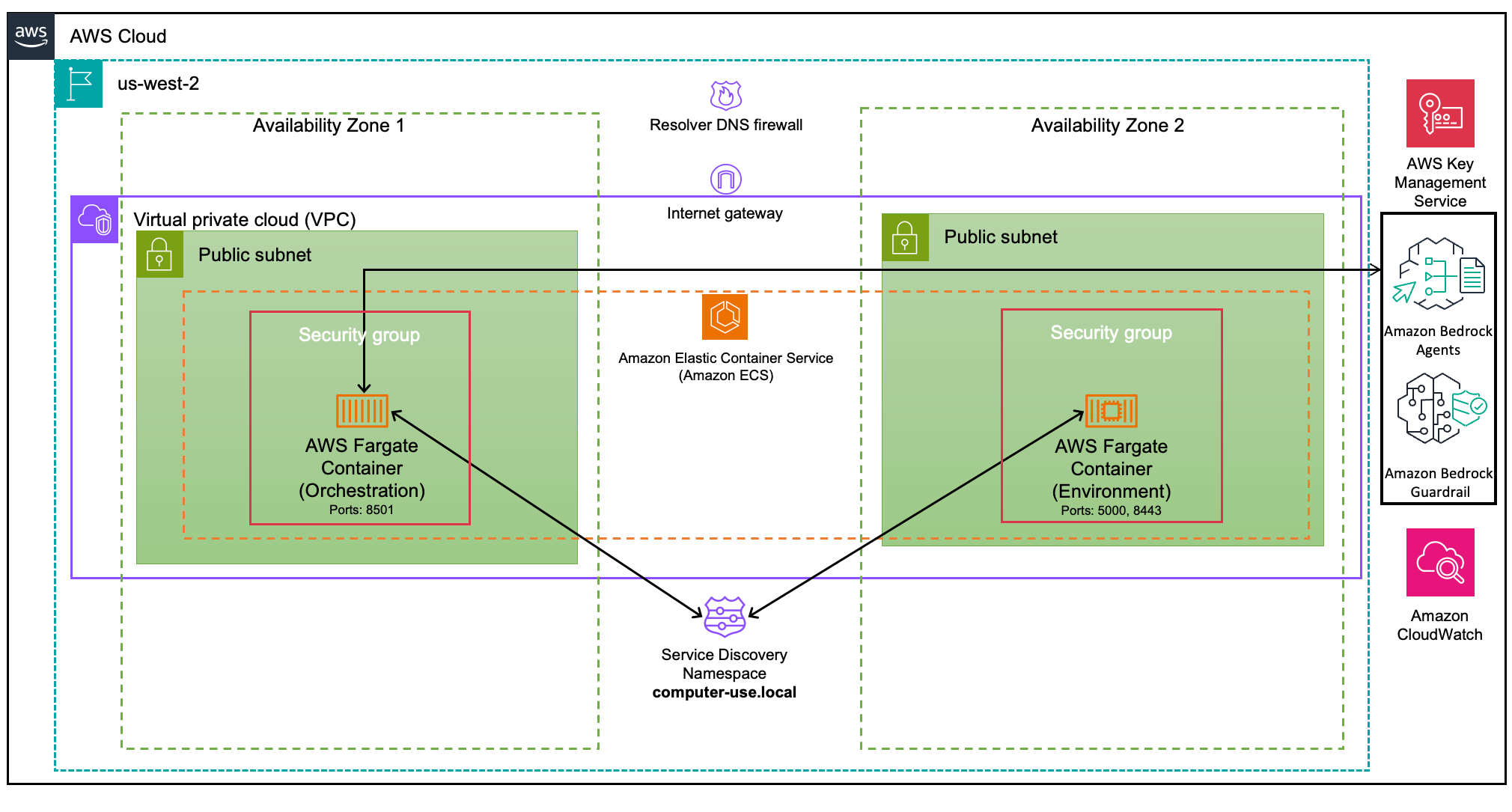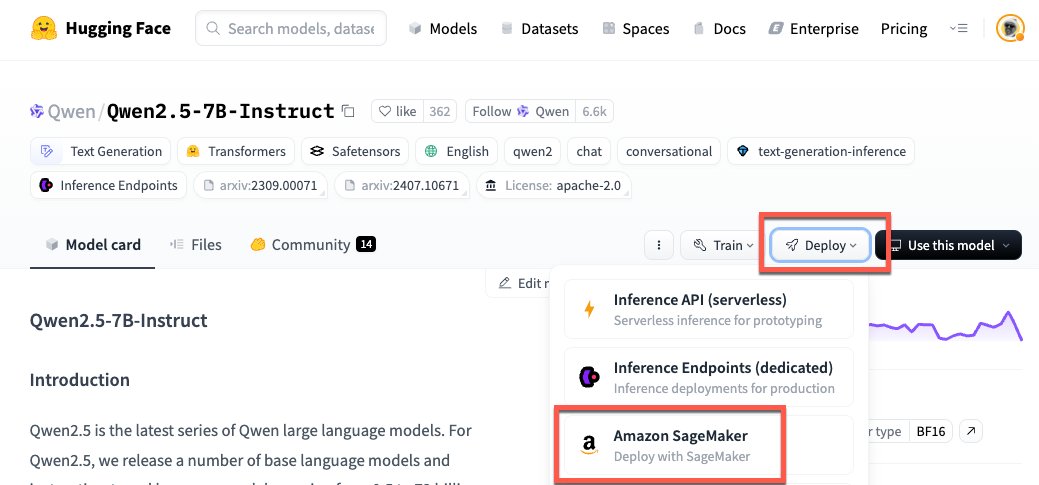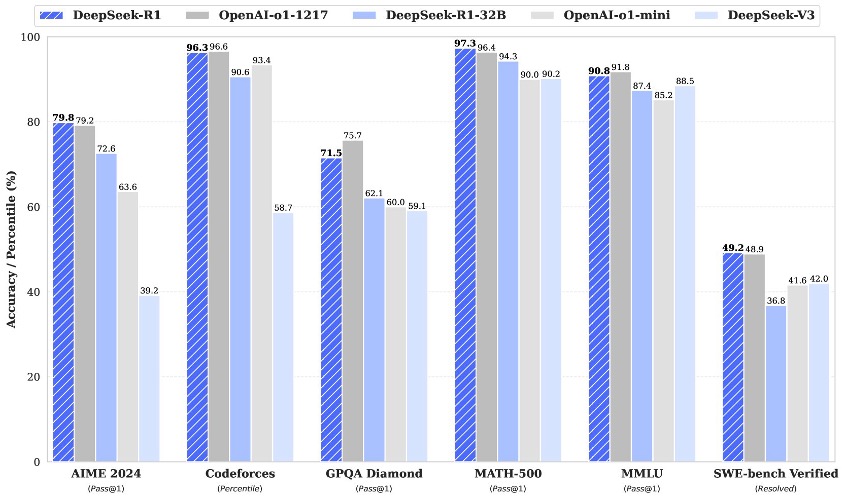Anthropic introduces computer use capability for visual perception in Amazon Bedrock Agents, revolutionizing automation of complex workflows across applications. This integration combines Anthropic’s perceptual understanding with Amazon Bedrock Agents’ orchestration capabilities for secure and managed automation.
Automating Data Cleaning for tabular datasets with CleanMyExcel. io service. Tidy data is crucial for reliable insights and efficient analysis.
Part 2 explores PIO quirks in Raspberry Pi Pico programming, including the challenge of inconstant constants. Learn workarounds to overcome the limit of 0-31 for set instructions in PIO.
Freedom of information request uncovers tech secretary's use of ChatGPT. Laughable tech moments include Trump's Tesla fascination and Starmer's AI promises.
Randall Pietersen, a MathWorks Fellow at MIT and U.S. Air Force engineer, aims to develop drone-based systems for remote airfield assessment, focusing on detecting unexploded munitions using hyperspectral imaging. His multidisciplinary approach and extreme sports background contribute to cutting-edge research at MIT.
Open foundation models (FMs) offer customized AI applications, but deployment can be complex. Amazon Bedrock Custom Model Import simplifies deployment with automatic scaling and cost efficiency, making it an attractive solution for organizations.
Review papers are essential for staying informed in the rapidly evolving field of Physics-Informed Neural Networks (PINNs). The must-read paper "Scientific Machine Learning through Physics-Informed Neural Networks" covers key themes, toolsets, and future directions, offering a comprehensive analysis of PINN fundamentals and practical applications.
Parquet, a column-oriented format, enhances Big Data performance with faster queries and reduced storage. Python tools like PyArrow dissect Parquet files for better understanding and manipulation, showcasing its efficiency over Pandas.
Qwen 2.5 multilingual LLMs outperform previous models, supporting 29 languages with enhanced chatbot capabilities. Deploy Qwen 2.5 on Amazon EC2 or SageMaker using Hugging Face tools for optimal performance.
GTC 2025 in San Jose showcases cutting-edge AI tech, discussions, and robots, with NVIDIA's CEO keynote on the future. Visionaries like Yann LeCun and Frances Arnold redefine possibilities at the conference.
Science and Technology Secretary Peter Kyle seeks AI advice from ChatGPT on podcasts and AI adoption. Use of ChatGPT raises concerns in Whitehall about technology secretary's reliance on AI.
Keir Starmer announces plans to abolish NHS England to cut bureaucracy and bring management back into democratic control. Prime Minister promises sweeping changes, including utilizing AI for £45bn in efficiency savings across government departments.
New techniques like SVF and SVFT are challenging LoRA for fine-tuning LLMs in a more parameter-efficient way. Leveraging SVD, these alternatives offer more economical options with composable tuned models.
Generative AI solutions can enhance businesses by improving customer experiences. GoDaddy collaborated with the Generative AI Innovation Center to use batch inference in Amazon Bedrock to improve product categorization.
DeepSeek-R1 by DeepSeek AI integrates reinforcement learning for refined outputs. Model variants like DeepSeek-V3 utilize MoE architecture for efficient scaling.















